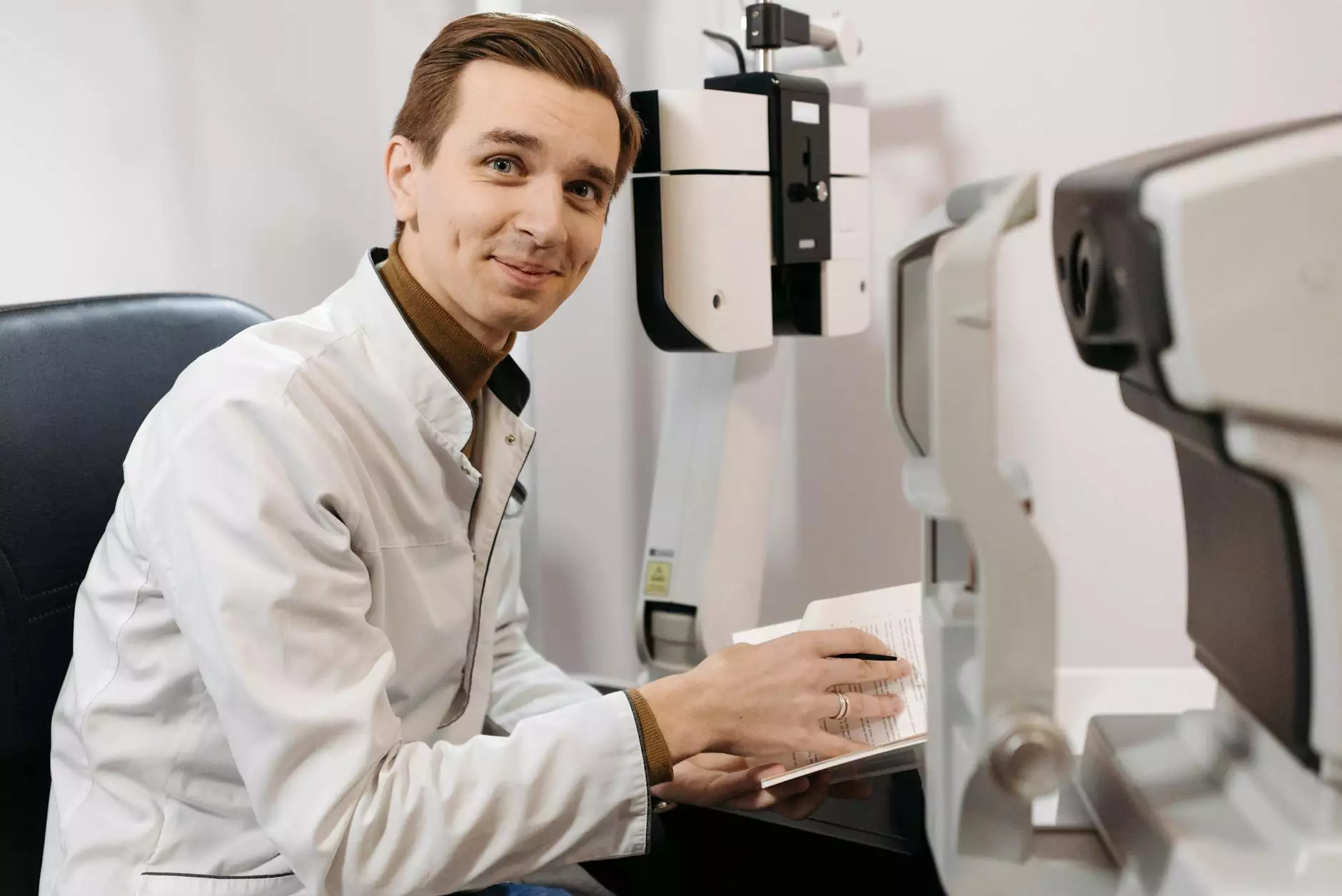Surgical Procedure for Fibroid Removal: A Comprehensive Understanding

Fibroids, also known as uterine leiomyomas, are non-cancerous growths that develop within the uterine wall. While many women may experience zero symptoms, others can endure significant pain, heavy menstrual bleeding, or complications during pregnancy. The surgical procedure for fibroid removal is often recommended when conservative management is ineffective. This article delves into the types of surgical procedures available, their indications, benefits, and recovery processes.
What Are Fibroids?
Fibroids are common benign tumors composed of muscle and fibrous tissue. They can vary in size, ranging from a few millimeters to several centimeters. Understanding the types of fibroids is essential:
- Intramural Fibroids: These grow within the uterine wall, causing expansion of the uterus.
- Submucosal Fibroids: These project into the uterine cavity, potentially leading to heavy menstrual bleeding.
- Subserosal Fibroids: These protrude from the outer surface of the uterus and can press against other organs.
- Pedunculated Fibroids: These grow on a stalk or stem, either inside or outside the uterus.
When is Surgery Necessary?
Not all fibroids require treatment. However, surgical intervention becomes necessary when:
- The patient experiences severe pain or discomfort.
- There are significant menstrual irregularities.
- There is an obstruction in the reproductive tract.
- Fertility issues related to the fibroids emerge.
- Rapid growth of fibroids is observed or they cause symptoms of pressure on adjacent organs.
Types of Surgical Procedures for Fibroid Removal
There are various approaches to surgical procedure for fibroid removal, depending on the fibroid's location, size, and the patient's overall health.
1. Myomectomy
A myomectomy involves the surgical removal of fibroids while preserving the uterus. This procedure is often indicated for women who wish to maintain their fertility. There are three primary techniques for myomectomy:
- Abdominal Myomectomy: This is done through an incision in the abdomen. It is ideal for larger fibroids.
- Laparoscopic Myomectomy: A minimally invasive technique involving small incisions in the abdomen, which reduces recovery time.
- Hysteroscopic Myomectomy: This procedure removes fibroids through the cervix using a hysteroscope, mainly used for submucosal fibroids.
2. Hysterectomy
A hysterectomy is the surgical removal of the uterus and is suggested for women who have completed their families or who have severe symptoms from fibroids that cannot be addressed through a myomectomy. There are several types:
- Abdominal Hysterectomy: This involves a larger incision and complete removal of the uterus.
- Laparoscopic Hysterectomy: A minimally invasive technique that leads to quicker recovery.
- Vaginal Hysterectomy: This is performed through the vagina with no visible abdominal incision.
3. Uterine Artery Embolization (UAE)
Uterine artery embolization is a non-surgical procedure that blocks the blood supply to the fibroids, causing them to shrink. This technique is less invasive but may not be suitable for everyone. It can be a good option for women looking to avoid surgery.
Benefits of Surgical Fibroid Removal
Choosing to undergo a surgical procedure for fibroid removal can lead to significant improvements in quality of life. Some key benefits include:
- Symptom Relief: Most patients experience a substantial decrease in symptoms such as bleeding and pain post-surgery.
- Improved Fertility: By removing fibroids, surgery can enhance the chances of conception for women facing fertility challenges.
- Prevention of Complications: Surgery reduces the risk of complications, such as anemia from heavy bleeding, and ensures long-term health.
- Personalized Care: Each patient's treatment can be tailored to their specific needs based on the types and locations of fibroids.
Preparing for the Surgical Procedure
Before heading into a surgical procedure for fibroid removal, proper preparation is crucial:
- Consultation: Meet with your healthcare provider to discuss your symptoms, medical history, and treatment options.
- Preoperative Tests: You may need blood tests, imaging studies, or other evaluations to assess your overall health.
- Medication Review: Inform your doctor about any ongoing medications or supplements.
- Logistics: Arrange for someone to drive you home post-surgery, especially if receiving anesthesia.
Recovery After Surgery
Recovery from a surgical procedure for fibroid removal varies per procedure type:
- Myomectomy: Full recovery can take a few weeks. Most women can return to light activities within 1-2 weeks.
- Hysterectomy: Recovery may take 6-8 weeks, and patients are usually advised to avoid heavy lifting and strenuous activities during this time.
- UAE: Recovery is much quicker, with many returning to regular activities within a week.
Regardless of the type of surgery, it’s essential to follow your healthcare provider’s post-operative care instructions diligently to ensure a smooth recovery. This may include managing pain, restricting certain activities, and attending follow-up appointments for monitoring.
Potential Risks and Complications
Like any surgical procedure, fibroid removal is not without risks. Some potential complications include:
- Infection: as with any surgery, there is a risk of postoperative infection.
- Bleeding: Excessive bleeding during or after the procedure may occur.
- Adhesions: Scar tissue may develop, potentially causing complications in future pregnancies.
- Damage to Surrounding Organs: In rare cases, surrounding organs, such as the bladder or intestines, may be affected.
Why Choose Dr. Seckin?
When considering a surgical procedure for fibroid removal, it is crucial to select a qualified expert. Dr. Seckin is a recognized specialist in obstetrics and gynecology. His practice focuses on minimally invasive techniques and comprehensive patient care. Dr. Seckin’s approach combines advanced technology with personalized treatment plans tailored to each patient’s unique circumstances.
Conclusion
The decision to pursue a surgical procedure for fibroid removal can be life-changing for many women. It is essential to gather information, weigh options, and consult with specialists to make informed decisions that benefit your health and well-being. If you are experiencing symptoms related to fibroids, consider scheduling an appointment with dedicated professionals such as Dr. Seckin, who can guide you through your healthcare journey.
Contact Us
For more information about fibroid treatment options and to schedule a consultation, visit drseckin.com or call us at [insert contact number]. Your health is our priority, and we are here to help you navigate your journey towards better health.









